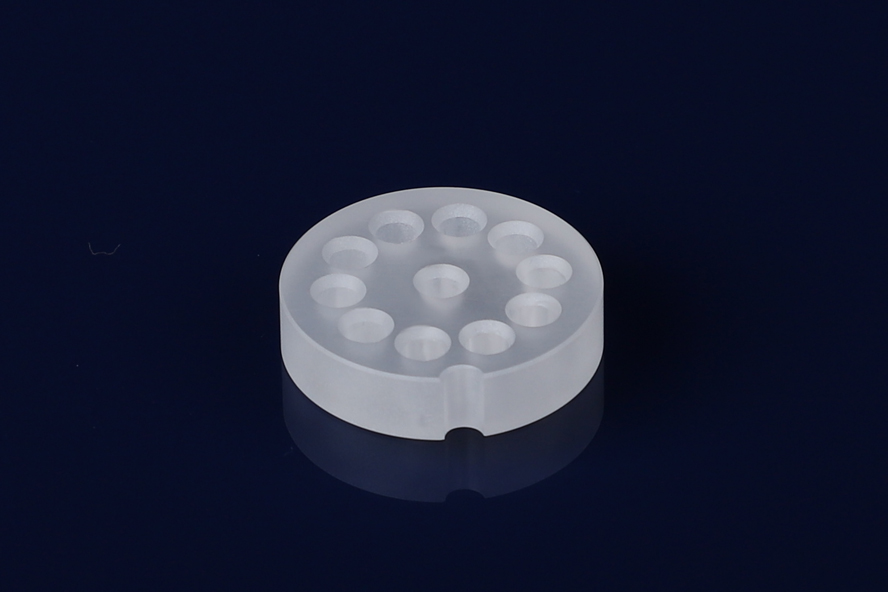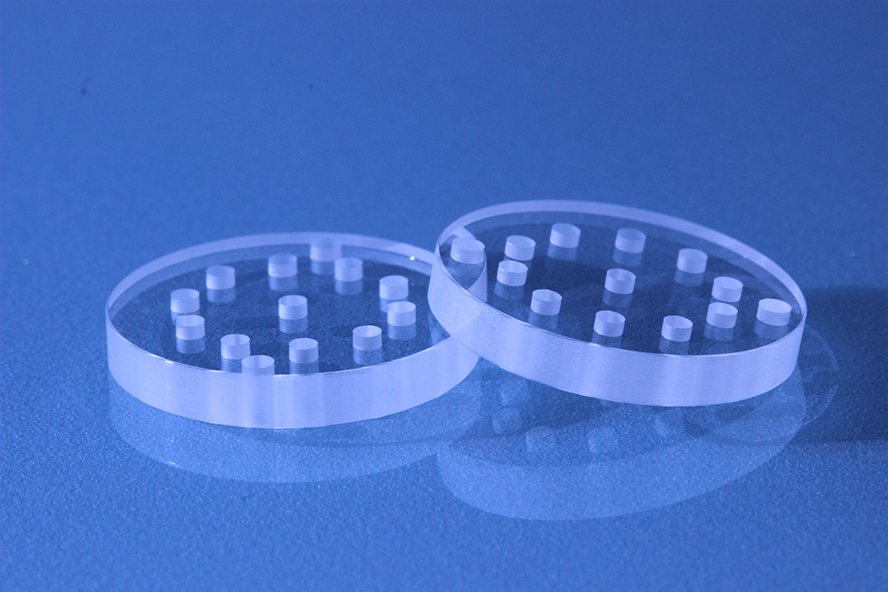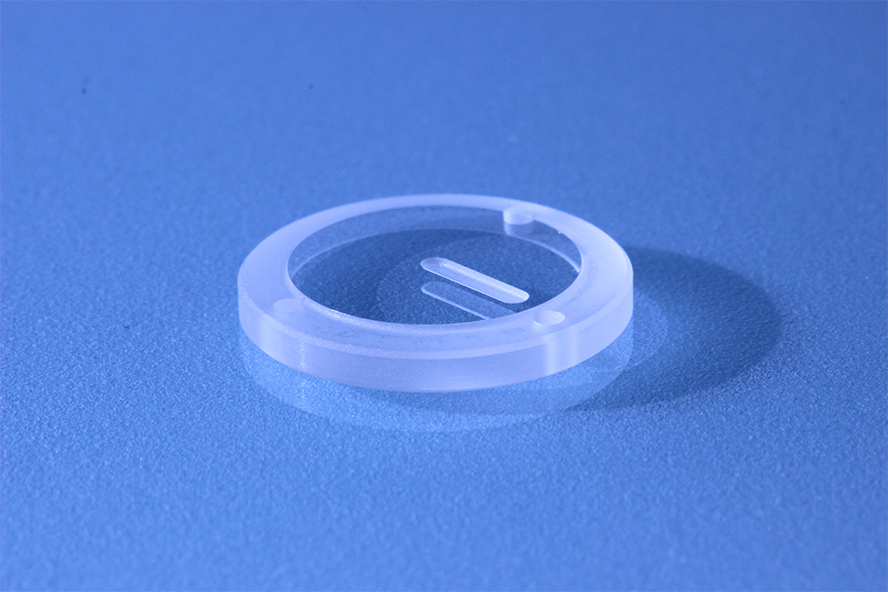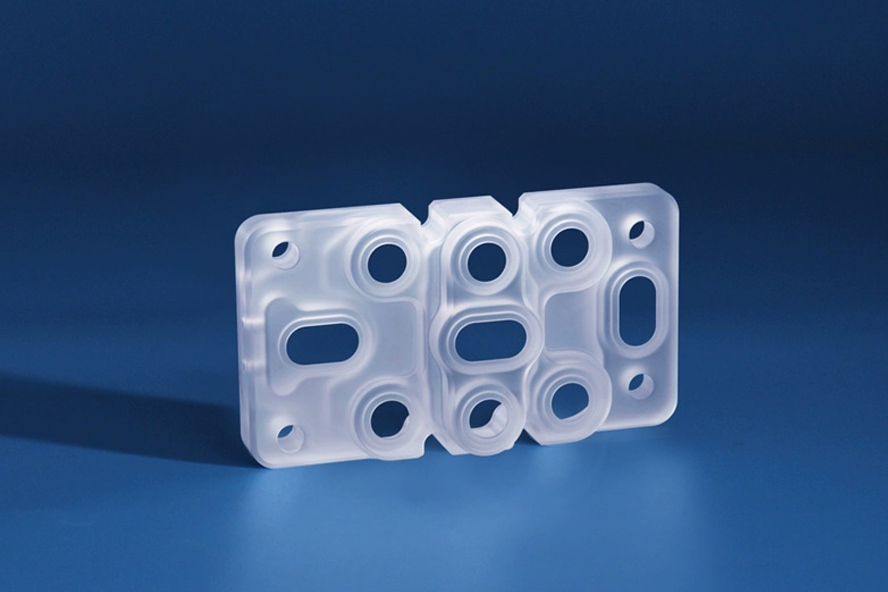Sapphire Glass
Sapphire glass, also known as synthetic sapphire or aluminum oxide (Al₂O₃), is a highly durable high-performance material known for its outstanding performance. It exhibits strong acid and alkali resistance, as well as excellent corrosion resistance, making it an ideal choice for harsh environments. The melting point of sapphire glass is about 2040 ° C, which is very suitable for high-temperature applications. Its low thermal expansion coefficient ensures dimensional stability, even in environments with temperature fluctuations.Jundro Ceramics provides top-notch sapphire processing services, tailored to your specific needs for precision and quality.
Sapphire Glass Advantages
Excellent optical transparency
Excellent high temperature resistance
Excellent tolerance to most chemicals
High compressive strength and impact resistance
Excellent scratch resistance
Good thermal conductivity
Good electrical insulation
Has good tolerance to radiation
Sapphire Glass Uses
Watch surface
Optical Window
Bulletproof glass
Aerospace Window
Medical equipment window
Substrate material
Military optical instruments
Pressure sensor
Chemical observation window
Products
Sapphire Glass Material Properties
| item | Sapphire glass |
| colour | colourless |
| density | 3.97 |
| Compressive strength | 2940MPa |
| Fracture toughnes | 5 |
| Hardness (Hv50) | 22.5 |
| Young's modulus | 470Gpa |
| Poisson's ratio | 0.18 |
| Thermal conductivity @25℃ | 42 |
| Dielectric constant @25℃ | 9 |
Sapphire Glass Machining
Sapphire processing is quite complex and requires specialized equipment and technology, requiring experienced technicians to precisely control the processing
Jundro Ceramics can provide sapphire glass processing services that can maintain stability and reliability in special scenarios according to your unique needs
If you need, you can contact our experts for consultation








